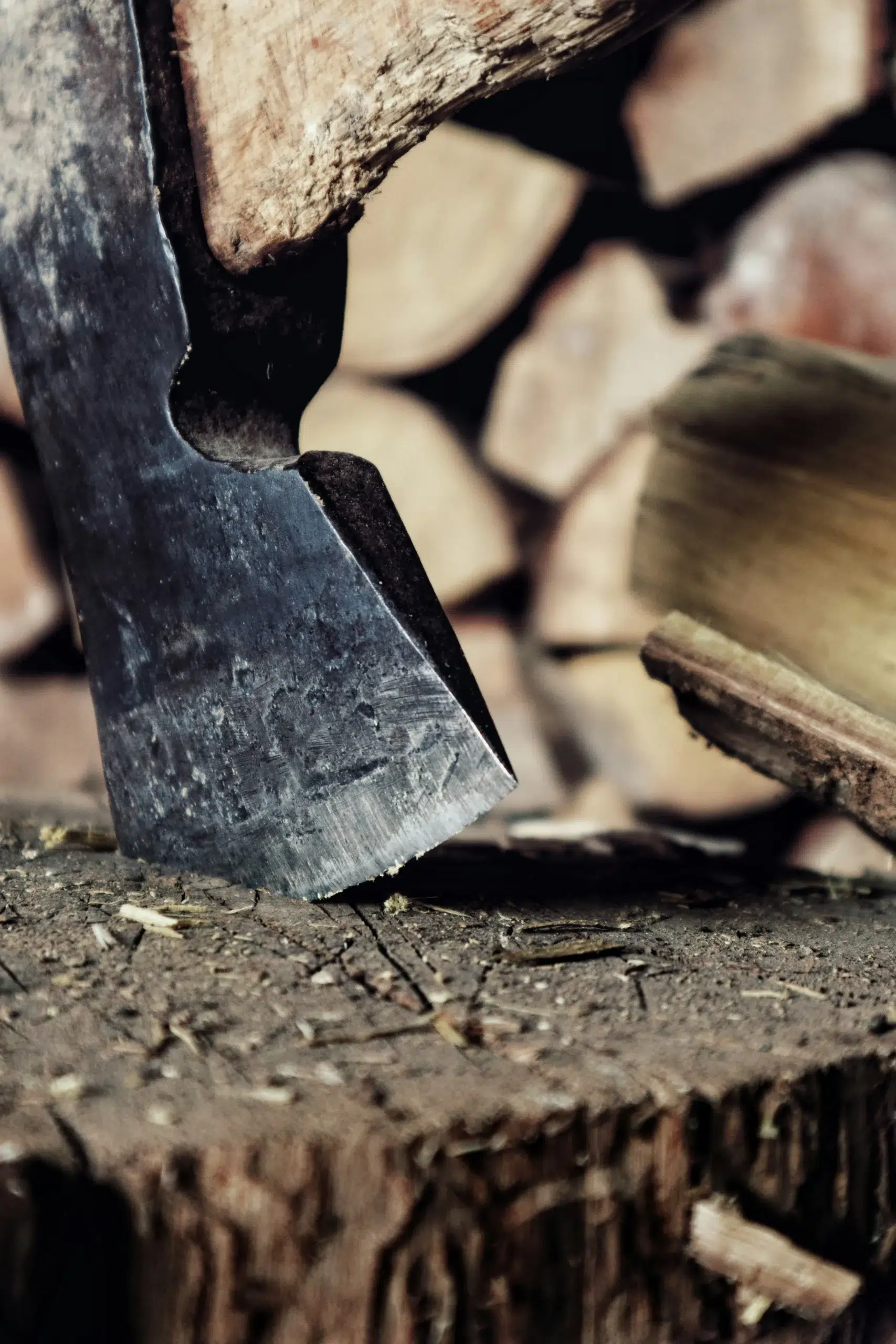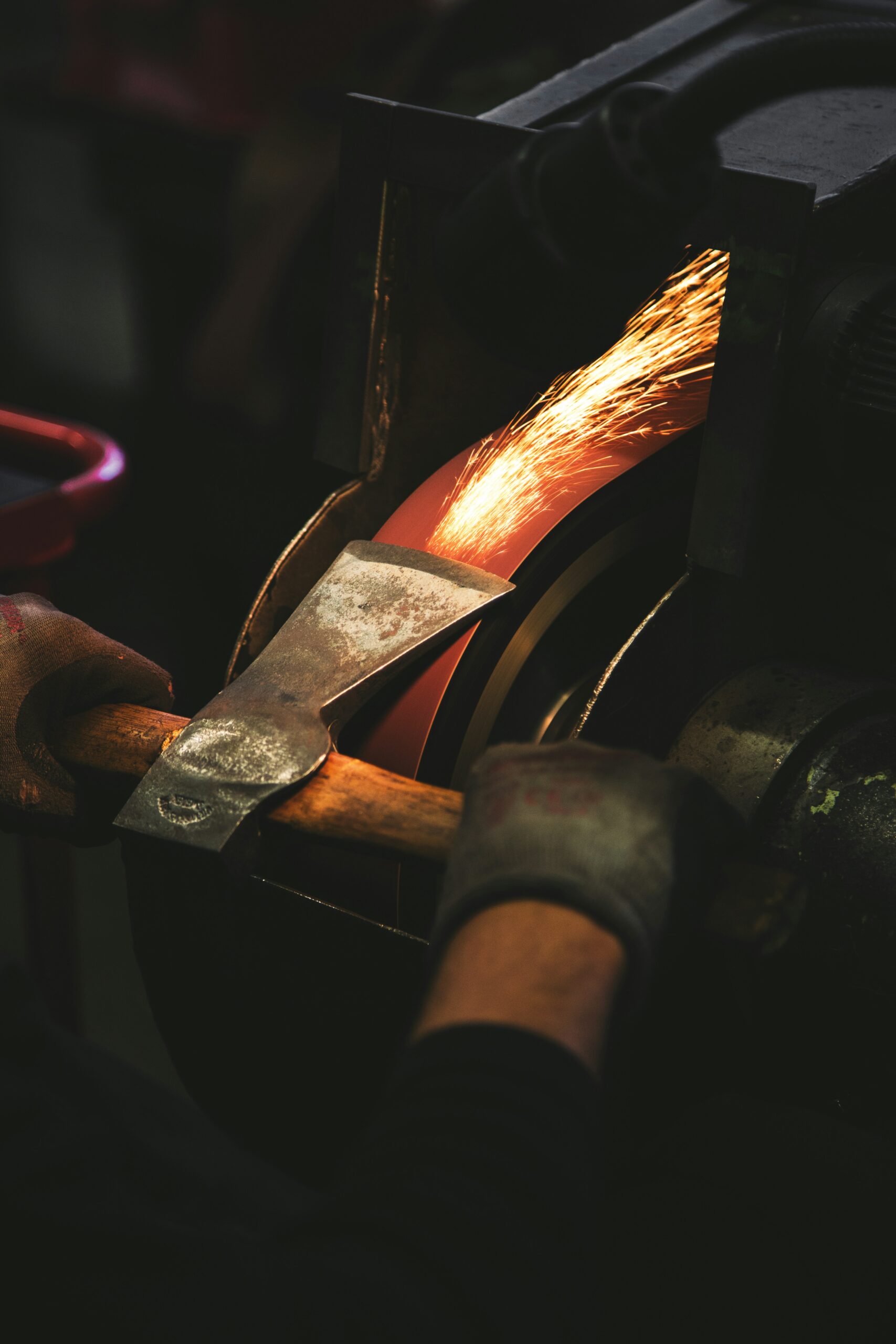Axe throwing competitions have a rich history spanning centuries. This article explores the history of axe throwing competitions, tracing the evolution of this skill from its origins in ancient civilizations to its role in medieval warfare and its transformation into a modern-day sport.
We’ll examine how axe throwing shifted from a practical tool to a competitive activity, highlighting its cultural significance and recent resurgence in global popularity. By understanding this journey, readers will gain a deeper appreciation for the development of axe throwing as a worldwide sport.
Key Takeaways
- Axe throwing evolved from a practical skill to a competitive sport over centuries
- Modern organizations established standardized rules and safety protocols for axe throwing competitions
- International championships foster cultural exchange and diverse throwing styles
- Technological advances have enhanced precision and spectator experience in axe throwing
- Educational programs and youth involvement ensure the sport’s continued growth and evolution
The Origins of Axe Throwing in Ancient Civilizations

Axe throwing’s roots trace back to ancient civilizations, where it served as a vital tool and weapon. From early warfare to Viking society, indigenous practices, and traditional games, the axe evolved into a competitive sport. This section explores how axe throwing transformed from a practical skill to organized tournaments in North America, showcasing the cultural impact of these steel implements.
The Role of Axe Throwing in Early Warfare
In early warfare, axe throwing played a crucial role as both a weapon and a tactical skill. Warriors hurled tomahawks with precision, using them as deadly projectiles before engaging in close combat. This practice, akin to throwing darts but with far more lethal consequences, required strength and accuracy. The wood-handled axes, often crafted by skilled lumberjacks, became an essential part of military strategy, bridging the gap between ranged and melee combat.
Indigenous Practices and Traditional Games
Indigenous cultures worldwide incorporated hatchet throwing into their traditional games and practices. Native American tribes used tomahawk throwing as a test of skill and a means of settling disputes, while Australian Aboriginal peoples developed unique throwing techniques with their woomera spears. These practices not only honed combat skills but also served as social bonding activities, passing down cultural traditions through generations.
Transformation From Tool to Competitive Sport
Axe throwing gradually shifted from a practical tool to a competitive sport over time. As societies evolved and warfare techniques changed, the skill of axe throwing found a new purpose in recreational activities. Communities organized friendly competitions, testing accuracy and strength in a controlled environment. These informal gatherings laid the groundwork for more structured events, eventually leading to the establishment of official axe throwing leagues and tournaments in modern times.
Axe Throwing Traditions Through the Middle Ages

Axe throwing evolved during the Middle Ages, becoming a crucial skill for warriors and knights. Medieval gatherings featured axe throwing competitions, showcasing prowess and strength. As techniques improved, axe craftsmanship advanced, leading to specialized throwing axes. This period marked a significant transition in axe throwing’s development from a military skill to a competitive sport.
Use Among Warriors and Knights
During the Middle Ages, warriors and knights honed their axe throwing skills as an essential part of combat training. They practiced throwing axes at targets to improve accuracy and strength, preparing for close-quarters combat and ranged attacks.
These skills were displayed in various settings, such as military camps for training purposes, tournaments held on castle grounds to showcase accuracy, and feasts or gatherings where knights demonstrated their strength as noble entertainment. These activities not only served practical purposes but also highlighted the cultural significance of axe throwing during that era.
Competitions at Medieval Gatherings
Medieval gatherings often featured axe throwing competitions as a highlight of entertainment. Nobles and commoners alike gathered to watch skilled competitors demonstrate their prowess with thrown axes. These events served as a platform for warriors to showcase their abilities and for spectators to enjoy a thrilling display of strength and accuracy. The competitions varied in format, with some focusing on distance throws while others emphasized hitting specific targets, setting the stage for future organized axe throwing events.
Evolution of Techniques and Axe Craftsmanship
During the Middle Ages, axe throwing techniques advanced alongside improvements in axe craftsmanship. Blacksmiths developed specialized throwing axes with balanced weight distribution and aerodynamic shapes, enhancing accuracy and distance. Warriors refined their throwing methods, experimenting with different grips and release points to maximize effectiveness. These advancements laid the groundwork for more standardized techniques used in modern axe throwing competitions.
The Resurgence of Axe Throwing in the 20th Century

Axe throwing resurged in the 20th century through lumberjack competitions and local contests. Recreational venues soon formed, offering a controlled environment for the sport. As popularity grew, axe throwing evolved into a widespread hobby and competitive sport, attracting diverse participants and leading to organized leagues and tournaments.
Lumberjack Competitions and Local Contests
In the early 20th century, lumberjack competitions revived interest in axe throwing as a sport. These events, often held in logging communities, showcased the skills of professional woodsmen. Contestants competed in various axe-related challenges, including precision throws at wooden targets.
Local contests soon spread beyond logging towns, attracting spectators and participants from diverse backgrounds. These grassroots events laid the foundation for axe throwing’s transition from a niche lumberjack skill to a popular recreational activity.
Formation of Recreational Axe Throwing Venues
Recreational axe throwing venues emerged in the late 20th century, offering controlled environments for enthusiasts to practice and compete. These facilities provided safety equipment, standardized targets, and expert instruction, making the sport accessible to a wider audience.
The first dedicated axe throwing venue opened in Toronto in 2011, sparking a trend that quickly spread across North America and beyond. This shift transformed axe throwing from a niche activity into a popular social pastime. These venues introduced league nights for competitive throwers, corporate events for team building, and casual drop-in sessions for beginners, catering to various skill levels and interests.
Growing Popularity as a Hobby and Sport
Axe throwing gained widespread popularity as a hobby and sport in the late 20th and early 21st centuries. The growth of recreational venues and organized leagues attracted diverse participants, from casual throwers to competitive athletes.
Social media played a significant role in spreading awareness, with enthusiasts sharing their experiences and techniques online. This surge in interest led to the formation of national and international axe throwing organizations, which established standardized rules and hosted large-scale tournaments, further legitimizing the sport.
Formation of Modern Axe Throwing Organizations

Modern axe throwing organizations emerged as the sport gained popularity. National and international leagues formed, establishing standardized rules and safety protocols. Televised competitions further increased the sport’s visibility and appeal. These developments transformed axe throwing into a structured, professional activity with global reach.
Establishment of National and International Leagues
National and international axe throwing leagues emerged in the early 2010s, formalizing the sport’s competitive structure. The World Axe Throwing League (WATL) and the International Axe Throwing Federation (IATF) established standardized rules, target designs, and scoring systems.
These organizations hosted major tournaments, attracting competitors from various countries and fostering a global community of axe throwers. Their efforts led to increased recognition of axe throwing as a legitimate sport, paving the way for its inclusion in multi-sport events and potential Olympic consideration:
- World Axe Throwing League (WATL) formed
- International Axe Throwing Federation (IATF) established
- Standardized rules and target designs implemented
- Global tournaments organized
- Growing recognition as a legitimate sport
Standardization of Rules and Safety Protocols
Modern axe throwing organizations established standardized rules and safety protocols to ensure fair competition and participant well-being. These guidelines covered target dimensions, throwing distances, and scoring systems, creating consistency across venues and events.
Safety measures included proper axe handling techniques, protective equipment requirements, and venue design standards. The implementation of these protocols professionalized the sport and increased its appeal to a broader audience:
Innovations Shaping the Future of Axe Throwing Competitions

Recent innovations are shaping the future of axe throwing competitions. Technological advances enhance the sport’s precision and spectator experience. Virtual and e-sports platforms expand its reach, while educational programs and youth involvement foster a new generation of throwers. These developments promise to propel axe throwing into a new era of competition and accessibility.
Technological Advances Enhancing the Sport
Technological advances have revolutionized axe throwing competitions, enhancing precision and spectator experience. Electronic scoring systems now provide instant, accurate results, while high-speed cameras capture and replay throws in slow motion for detailed analysis.
Smart axes equipped with sensors measure rotation and velocity, offering throwers valuable data to improve their technique. These innovations have elevated the sport’s competitive level and increased its appeal to tech-savvy audiences.
Inclusion in Virtual and E-Sports Platforms
Axe throwing has entered the virtual realm, with e-sports platforms now featuring digital versions of the sport. These virtual competitions allow participants to compete remotely, expanding the sport’s reach to a global audience. Realistic physics engines and motion-capture technology recreate the feel of throwing axes, while online leaderboards and tournaments foster a competitive environment. This digital expansion has introduced axe throwing to younger generations and tech-savvy enthusiasts, potentially broadening its appeal and participant base.
Conclusion
Axe throwing competitions have evolved from ancient warfare practices to a modern sport, reflecting cultural shifts and technological advancements. The sport’s journey through history highlights its adaptability, transitioning from a practical skill to a globally recognized competitive activity.
Today’s axe throwing competitions blend tradition with innovation, incorporating standardized rules, safety protocols, and cutting-edge technology to enhance the experience for participants and spectators alike.
As axe throwing continues to grow and evolve, it fosters a global community that celebrates skill, precision, and cultural exchange, ensuring its place as a dynamic and engaging sport for future generations.

